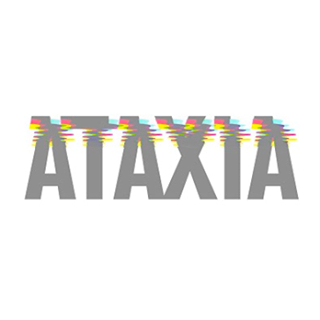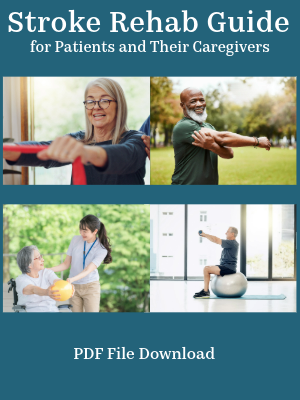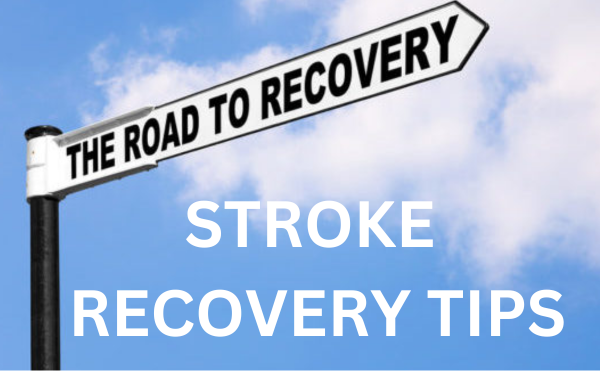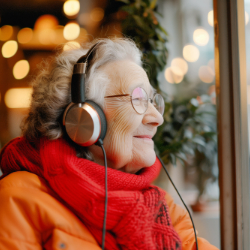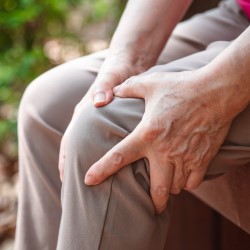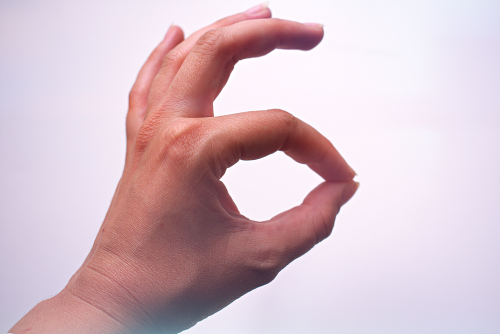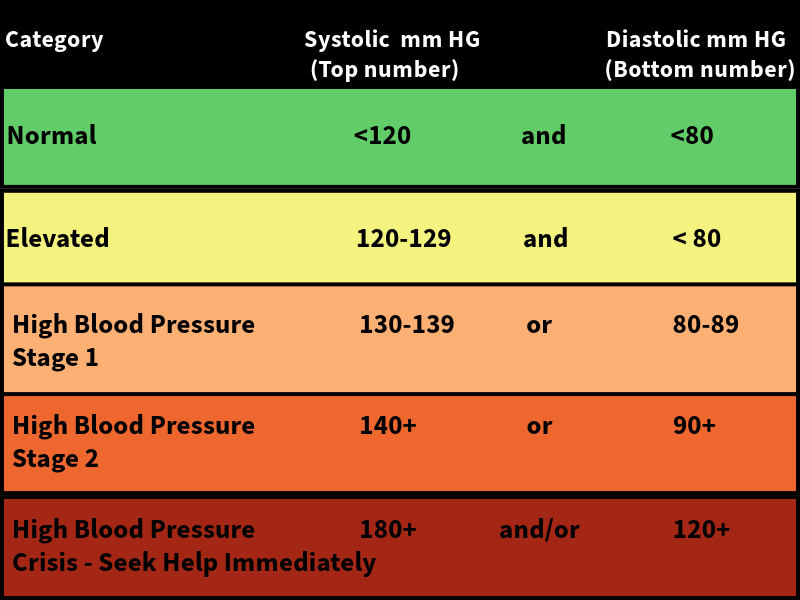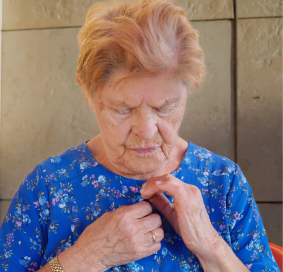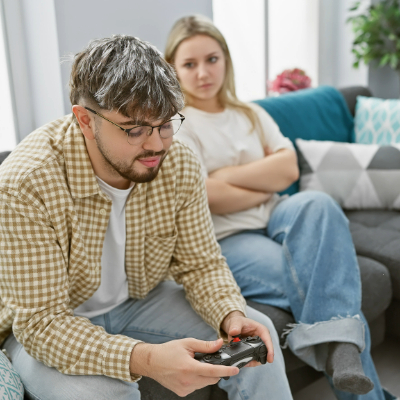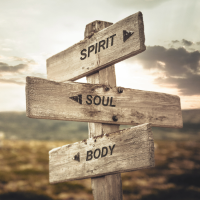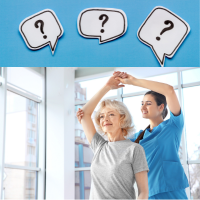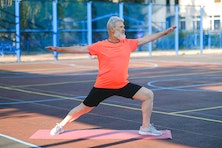Ataxia After Stroke
Medically reviewed by Karen Murray, OT, CHT, CSRS - written by Stroke-rehab.com
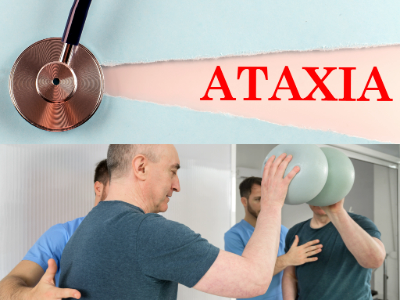
Ataxia means without coordination. It can occur after stroke and may affect various body parts including the eyes, hands, arms, legs, body or trunk, and speech. Ataxia is most common after a cerebellar stroke and can be identified by wide and unsteady gait, the inability to perform rapid alternating movements, uncoordinated movement of the limbs, slurred speech, difficulty swallowing, jerky movement, and impaired balance.
Though ataxia is most commonly noted with cerebellar stroke, lesions in other parts of the brain can result in ataxia as well. These include lesions in the basis pontis, corona radiata, thalamus, and posterior limb of internal capsule.
Treatment of Ataxia
There is no treatment to cure ataxia, but treatment aims at reducing the symptoms. These treatments include speech, physical, and occupational therapy as well as medications. In addition, adaptive equipment can be used to help make some activities safer or easier to perform.
Speech, Physical, and Occupational Therapy
The speech therapist can help strengthen muscles used in speech and swallowing, teach breathing exercises to improve speech, teach patients to speak more slowly, recommend modifications to one's diet for safe swallowing, and advise patients about adaptive communication devices if needed.
The physical therapist can work on improving gait, balance, and strength. For some examples of physical therapy exercises that can be done with ataxia, visit https://ataxia.org/wp-content/uploads/2017/07/Coordinative_Physiotherapy.pdf. Make sure to consult with your MD or therapist before attempting any exercises to make sure the exercises are safe and appropriate for you.
The occupational therapist can introduce adaptive equipment to help compensate for decreased coordination as well as teach fine motor and upper extremity coordination exercises.
Adaptive Equipment
Various adaptive equipment options are available to help improve mobility, coordination, and independence. These tools and devices are designed to compensate for the balance, coordination, and fine motor control challenges associated with ataxia. Below are some common types of adaptive equipment used by individuals with ataxia.
Mobility Aids: Walking aids such as canes, walkers, or walkers can provide support and stability during walking. They assist individuals in maintaining balance and reducing the risk of falls. In some cases, wheelchairs or mobility scooters may be used for those with more severe mobility impairments.
As an Amazon Associate I earn from qualifying purchases.
Adaptive Utensils: Specialized utensils with ergonomic designs, built-up handles, added weight, or modified grips can assist individuals with ataxia in self-feeding by improving grip and control during mealtime.
As an Amazon Associate I earn from qualifying purchases.
Adaptive Computer Accessories: Specialized keyboards, mice, and trackballs with larger buttons or alternative input methods can aid in computer usage by accommodating for hand tremors and reduced motor control.
As an Amazon Associate I earn from qualifying purchases.
Bathroom Safety Equipment: Grab bars, raised toilet seats, shower chairs, and bathtub transfer benches can enhance safety and independence in the bathroom, reducing the risk of falls and improving stability.
As an Amazon Associate I earn from qualifying purchases.
Dressing Aids: Tools like button hooks, zipper pulls, magnetic fasteners, and elastic shoelaces can simplify the process of getting dressed by compensating for fine motor control difficulties. These aids assist individuals with manipulating buttons, zippers, and laces more easily.
|
|
|
Orthotic Devices: Ankle-foot orthoses (AFOs) are braces that support the foot and ankle, helping to stabilize and improve gait. They can provide additional ankle support, assist with foot clearance during walking, and enhance stability. AFOs should be fit by a professional or evaluated by your physical therapist to make sure you're getting the proper AFO and the proper fit.
Communication Devices: Augmentative and alternative communication (AAC) devices can help individuals with ataxia communicate effectively. These devices range from simple communication boards or picture-based systems to more advanced speech-generating devices that allow for text or voice output.
Adaptive Sports and Recreation Equipment: Modified sports equipment, such as adapted bicycles, tricycles, or sports wheelchairs, can enable individuals with ataxia to participate in physical activities and recreational pursuits.
It's important to note that the specific adaptive equipment needs may vary depending on the individual's symptoms, level of mobility, and fine motor control challenges associated with ataxia. Therapists and assistive technology specialists can provide personalized recommendations and guidance to individuals with ataxia to help them select the most appropriate adaptive equipment for their specific needs.
Medications
If you're having muscle spasms, cramps and stiffness because of ataxia, medication for relaxing muscles may be used to control these symptoms. Discuss medication options with your MD. Medications may be available to treat other problems caused by or associated with ataxia including depression, dizziness, fatigue, uncoordinated movement, thinking disorders, abnormal eye movements, overactive bladder, restless legs, sleeping disorders, stiffness, spasticity and more. For information about various medications used for ataxia symptoms and related disorders, visit https://ataxia.org/wp-content/uploads/2017/07/Medications_for_ataxia_symptoms.pdf.
Ataxia Resources
For more information on ataxia, one can visit the following websites:
Get Our Stroke Rehab Guide

Our stroke rehab guide is designed specifically for patients and caregivers. It's in pdf format and can be immediately downloaded. It includes about
- Stroke Definition & Causes
- Stroke Treatment
- Rehabilitation Information for Physical, Occupational and Speech Therapy
- Exercise pictures
- Q&A from patients and caregivers
- Adaptive Equipment & Techniques
- How to Prevent Another Stroke & More!
Medical Disclaimer: All information on this website is for informational purposes only. This website does not provide medical advice or treatment. Always seek the advice of your physician or other healthcare provider before undertaking a new healthcare or exercise regimen. Never disregard professional medical advice or delay seeking medical treatment because of something you have read on this website. See the disclaimer page for full information.
- Home
- Ataxia



![[6 Pack] Foam Grip Tubing/Foam Tubing - 3 Sizes - Ideal Grip Aid for Utensils, Tools and More - No BPA/Phthalate/Latex](https://m.media-amazon.com/images/I/51XroLU2yEL._SL160_.jpg)











